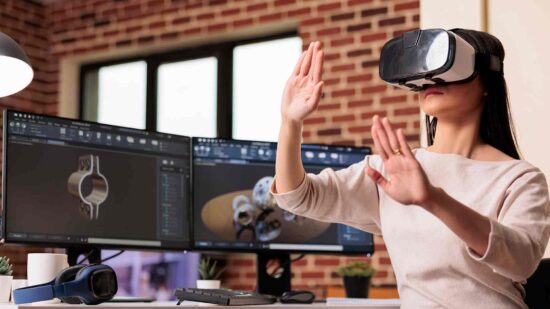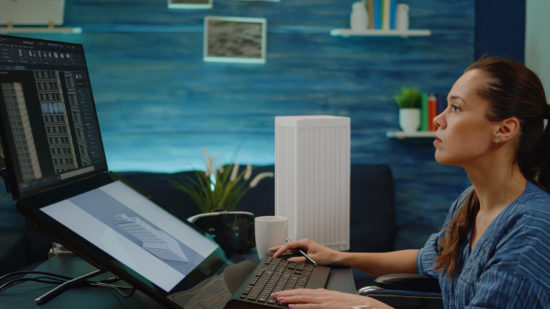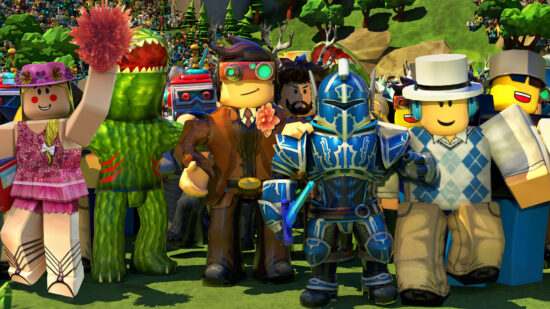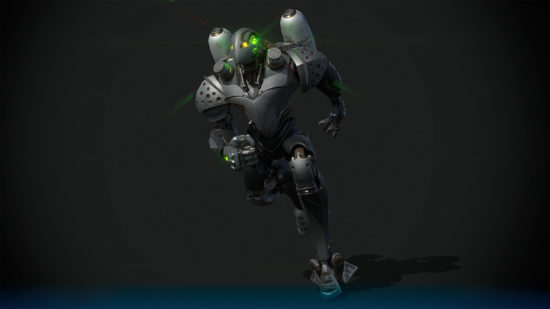As virtual reality technology reaches greater heights, new questions are being raised about how it can be applied in new, innovative ways. While initially cast for entertainment purposes, it is increasingly being used in commercial, industrial, educational, and military settings. The ways in which it is being applied in these fields is radically improving both their efficiency and efficacy. It is against this backdrop that we are assessing how virtual reality devices and applications can be used to create 3D models and the potential of these new forms to replace existing forms of 3D design. The two most prominent tools of this type currently on the market are Medium and Tilt Brush.

Tilt Brush and Medium: The Apps in Question
Oculus’ Medium allows users to sculpt 3D models using a method that largely resembles moulding something out of clay. The old-fashioned way. Except with digital wands (Oculus Touch) in a virtual landscape. Bundled with the purchase of an Oculus Rift, Medium is free for those who purchase the VR device.
Google’s Tilt Brush, on the other hand, is currently the leading 3D art design tool on the market that, for lack of a better comparison, uses a “painting” format. Designed for HTC Vive, it is currently available for download on Steam for $17.99 USD. The operating principle is simple – suit up in your HTC Vive and then wield the controllers; one of them operates as a paint brush, the other as a palette. From there, the artist is limited only by imagination.

The wide range of lines, colors, densities, and effects of both VR apps naturally lend themselves to artistic expression. Medium produces both high-quality sculpted models as well as endearing, almost claymation reminiscent figures. In many ways, the form of art offered by Tilt Brush is unique and hitherto unseen. The medium produces something not quite a picture and not quite an animation. Some describe it as similar to being inside an illustration. Quill, a still in-house “paint”-based competitor to Tilt Brush from Oculus, was recently used to showcase a short, experimental film entitled “Dear Angelica”. In this respect, VR-based 3D art tools are already changing the arts and how we expect media to be produced.
The more relevant question for software developers, however, is if these tools will also supplant traditional forms of 3D sculpting. Specifically, what benefits do they offer? Where are the weaknesses? And do these developments signal the beginning of a broad shift in how 3D design is done?

Strengths
The most obvious benefit of VR-based art tools is their intuitive nature. Hand Tilt Brush or Medium to someone with only a basic grasp of technology and a cursory interest in art, and they will begin crafting and creating. The learning curve for traditional 3D design tools is steep. Whether you self-teach or enroll in classes, it will take considerable time and effort before you will be able to produce models of sufficient quality. These new VR-based technologies, however, provide much of the basics in a much simpler format.
Using Tilt Brush, a user can freely paint a model to their liking by almost dancing with their controllers. Of course a perfect model takes time but a little bit of practice – as opposed to concerted dedication and study – quickly results in solid, elementary models. The team from Google also makes it even easier by allowing users to import existing models, which the user can “trace” in order to provide a basic skeleton of the model. Users are also able to scale, rotate and resize projects in order to more easily engage with them.
When using Medium to sculpt, a user has access to plenty of basic clay blocks from which to specify their creation. A smoothing function grants consistency and a professional look to the models. Finally, a painting function allows the user to add color and life to their model. Equipped with these basic tools, someone without any formal training in modeling can release a very professional-looking and usable model. For experts in the field concerned with poly count, the user is able to implement limits in order to keep projects within scale.
Both of the tools allow users to save their models as .OBJ files and easily import them into desktop-based tools, such as ZBrush, Maya, and Blender. This eases integration between the tools in order to make the most of each platform. In truth, however, this strength is bound up tightly with VR-based art tools’ primary weakness.
Weaknesses
While it is easy and, even fun, to design models on VR-based devices, the technology is undoubtedly still in its infancy. Both Medium and Tilt Brush fall far behind traditional modeling tools in terms of precision; a well-trained modeler suddenly using these VR-based tools would find him/herself quickly frustrated by the plethora of “broad strokes” and the lack of exactness.
Most pertinent to the question of how these new tools will affect 3D design in general is the complete lack of rigging capabilities. After designing a model in either app, a user must then export it to Blender, ZBrush, etc. For our professionals specializing in rigging, this can be done in a flash, but for beginners it represents another step-learning curve to master. This in turn begs the question: why initially create the model in one app if you are just going to need to transfer it back anyways later on in the process?
The cost. Virtual reality technology remains extremely expensive. At the time of writing, HTC Vive costs $799, which includes the controllers, and Oculus Rift costs $599 for the headset and additional $199 for Oculus Touch, their controllers. Of course, some traditional 3D tools, such as Maya, are expensive for licensing but some others, such as Blender, are free to use.

The Verdict
As of now, 3D modeling on virtual reality devices remains a novelty. It is certainly fun and it is certainly interesting. It has great value for amateurs who simply want to get their feet wet in the industry without actually committing considerable time and effort to learning the more complicated, but powerful, techniques. But for professional designers and modelers there is little offered here that they can’t already do more effectively using the tried-and-true methods. Our experts in all aspects of 3D modeling including sculpting were quick to add, however, that they are always looking for new ways to innovate and look forward to how these nascent tools will develop and influence the field.
Perhaps the more interesting question right now in general is how VR-based technologies will develop in the coming years. The budding field has already made drastic steps in the past several years signaling the potential for exponential growth. If VR software development companies are able to solve the main flaws – a lack of precision and full graphic pipeline functionality – then there is no reason to think that in the same way desktop solutions are made on desktops, that virtual reality solutions cannot be rendered through virtual reality devices and applications.









